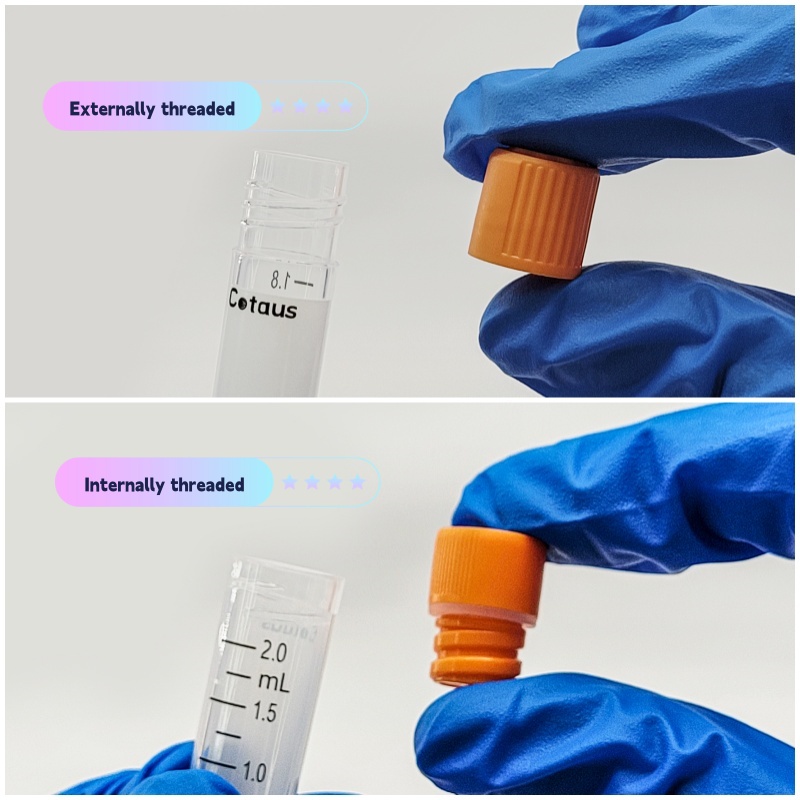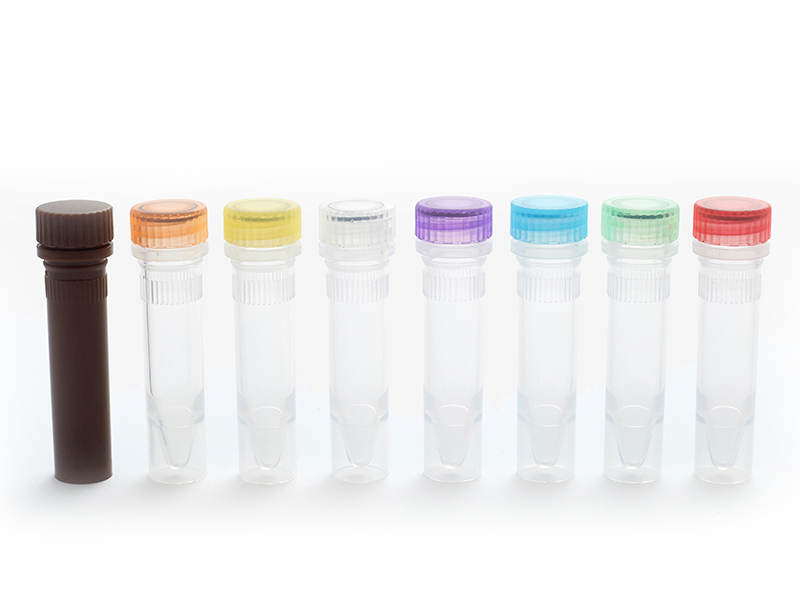
- English
- 简体中文
- Esperanto
- Afrikaans
- Català
- שפה עברית
- Cymraeg
- Galego
- 繁体中文
- Latviešu
- icelandic
- ייִדיש
- беларускі
- Hrvatski
- Kreyòl ayisyen
- Shqiptar
- Malti
- lugha ya Kiswahili
- አማርኛ
- Bosanski
- Frysk
- ភាសាខ្មែរ
- ქართული
- ગુજરાતી
- Hausa
- Кыргыз тили
- ಕನ್ನಡ
- Corsa
- Kurdî
- മലയാളം
- Maori
- Монгол хэл
- Hmong
- IsiXhosa
- Zulu
- Punjabi
- پښتو
- Chichewa
- Samoa
- Sesotho
- සිංහල
- Gàidhlig
- Cebuano
- Somali
- Тоҷикӣ
- O'zbek
- Hawaiian
- سنڌي
- Shinra
- Հայերեն
- Igbo
- Sundanese
- Lëtzebuergesch
- Malagasy
- Yoruba
- Español
- Português
- русский
- Français
- 日本語
- Deutsch
- tiếng Việt
- Italiano
- Nederlands
- ภาษาไทย
- Polski
- 한국어
- Svenska
- magyar
- Malay
- বাংলা ভাষার
- Dansk
- Suomi
- हिन्दी
- Pilipino
- Türkçe
- Gaeilge
- العربية
- Indonesia
- Norsk
- تمل
- český
- ελληνικά
- український
- Javanese
- فارسی
- தமிழ்
- తెలుగు
- नेपाली
- Burmese
- български
- ລາວ
- Latine
- Қазақша
- Euskal
- Azərbaycan
- Slovenský jazyk
- Македонски
- Lietuvos
- Eesti Keel
- Română
- Slovenski
- मराठी
- Srpski језик
Internal thread or external thread, how to choose a cryogenic vials?
2024-03-11
In scientific research experiments, cryovials are an essential tool for long-term storage of cells, microorganisms, biological samples, etc., providing a stable, low-temperature storage environment for biological samples to ensure the activity and integrity of the samples.
However, when we take out samples that have been stored for a long time from the ultra-low temperature refrigerator or liquid nitrogen tank, we are often suddenly startled by the crackling sound of the cryogenic tube and suffer cardiac arrest. The bursting of cryovials tubes will not only cause the loss of experimental samples, but may also cause injury to experimental personnel.
What causes a Storage Vial to burst? How do we prevent this from happening?
The root cause of freezer tube explosion is liquid nitrogen residue due to poor air tightness.When the sample tube for cryopreservation is taken out of the liquid nitrogen tank, the temperature inside the tube rises, and the liquid nitrogen in the tube vaporizes rapidly and changes from liquid to gas. At this time, the cryovials tube cannot remove the excess nitrogen in time, and it accumulates in the tube. The nitrogen pressure increases sharply. When the tube body cannot withstand the high pressure generated inside, it will rupture, causing a pipe burst.
Internal or external?
Usually we can choose internal rotation cryovial tube with good airtightness. In terms of the structure of the tube cover and tube body, when the liquid nitrogen in the inner-rotating cryovial tube vaporizes, it is easier to discharge than the externally-rotated cryovial tube. Moreover, the design difference of the same quality cryogenic tubes will cause the inner-rotated cryopreservation tube to evaporate. The sealing performance of the deposited pipe is better than that of the external coiled pipe, so it is less likely to cause a pipe burst.
The external cap is actually designed for mechanical freezing, making it less accessible to the sample inside the tube and thus reducing the possibility of sample contamination. It can be placed directly in the refrigerator for freezing, and is not suitable for liquid nitrogen storage.

Cotaus cryovials tube with three-code:
1.The tube cap and pipe body are produced from the same batch and model of PP raw materials, so the same expansion coefficient ensures sealing at any temperature. It can withstand 121℃ high temperature and high pressure sterilization and can be stored in -196℃ liquid nitrogen environment.
2. Externally rotating cryo tube are designed for freezing samples. The externally rotating screw cap can reduce the chance of contamination when handling samples.
3. Internally rotating cryovials are designed for freezing samples in the liquid nitrogen gas phase. The silicone gasket at the mouth of the tube enhances the sealing of the cryovial.
4. The tube body has high transparency and the internal wall is optimized for easy pouring of liquids and no residue in sampling.
5. 2ml Cryovial tube is adapted to the standard SBS plate rack, and the automatic tube cap can be adapted to single-channel and multi-channel automatic cap openers.
6. The white marking area and clear scale make it easy for users to mark and calibrate the capacity. The combination of bottom QR code, side barcode, and digital code makes sample information clear at a glance, greatly reducing the risk of sample confusion or loss.
Cotaus three-in-one cryogenic vials are originally produced from medical-grade polypropylene. The current capacities are 1.0ml and 2.0ml, and other specifications can be customized according to customer needs. With its excellent performance and convenient design, it provides a better choice for scientific researchers. Whether it is internal or external, it can meet your different experimental needs and make your scientific research path smoother. Choose Cotaus, make your experimental results more outstanding!




